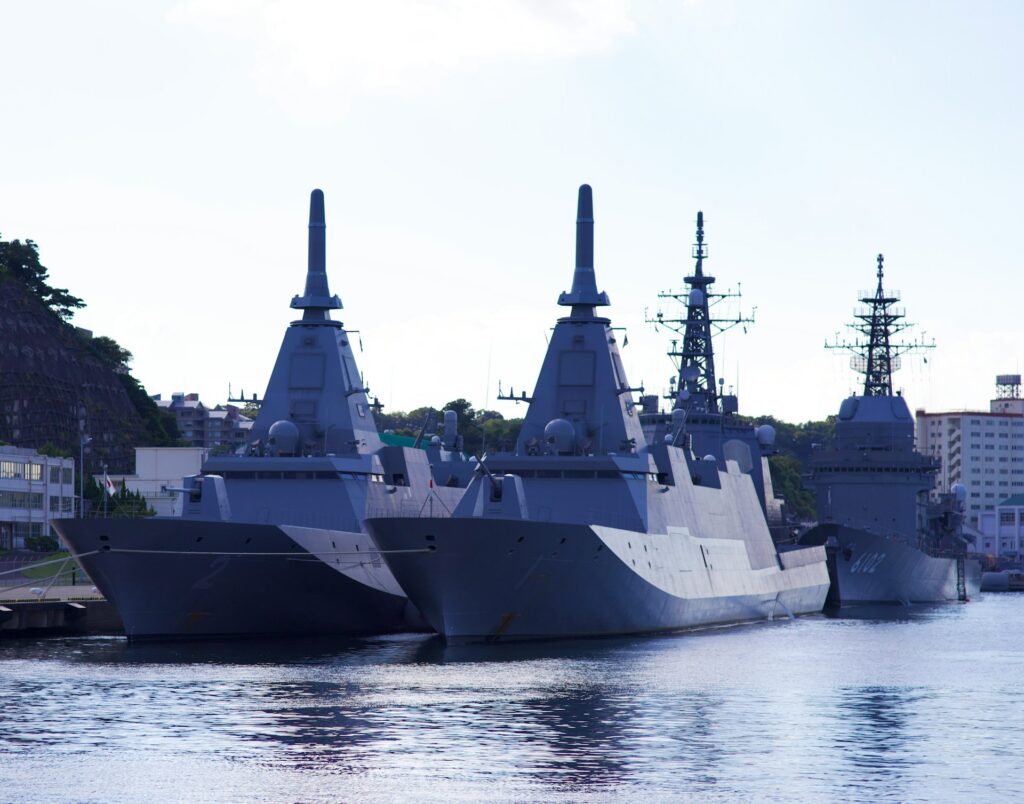In a world where old alliances are fraying, Estonia and Japan – though geographically distant – are forging a closer partnership rooted in shared concerns over security, authoritarian threats, and the future of the rules-based international order.
This article was originally published on the website of the International Centre for Defence and Security.
Estonia and Japan may be geographically distant, yet their perspectives on international security and the major powers – China, Russia, and the United States – have been drawn closer by the turbulence of the global environment. Russia’s war against Ukraine and the erosion of the rules-based international order have motivated a closer security partnership, further reinforced by ongoing upheavals in US foreign policy.
I paid my first-ever visit to Japan in February this year, arriving in Tokyo directly from the Munich Security Conference at a time when Europe was deeply frustrated by what appeared to be the end of the transatlantic alliance as we had known it. Weeks into the second presidency of Donald Trump, Vice President JD Vance used the MSC platform to express support for Europe’s radical right, while downplaying both the war in Ukraine and the Russian threat to European security.
Japan proved to be an ideal setting for gaining perspective and reflecting on the broader currents of change sweeping the world. Many of my Japanese interlocutors shared this sense of anxiety and were eager to discuss the interconnectedness of security in Europe and the Indo-Pacific in today’s increasingly dangerous world.

Trump’s America: a learning curve
Japan has benefited immensely from the rules-based order and free trade architecture built under American leadership after the Second World War. Estonia, too, made the most of this US-led order after restoring its independence in 1991.
Both countries have relied on the United States for their security and have sought to be valuable allies. For example, Japan hosts the largest overseas deployment of US troops, while Estonia has actively contributed to US and NATO-led military operations in Iraq and Afghanistan.
Conscious of their dependence on the United States, both countries have been pursuing pragmatic engagement with Trump 2.0, aiming to maintain American commitment to their security and to exert some influence over the policy positions of their most powerful ally. Their experience during Trump’s first term was relatively positive: the US strengthened its contribution to the security of NATO’s eastern flank – including Estonia – while Japan’s prime minister Shinzo Abe developed a close relationship with Trump through golf diplomacy.

However, the ability of allies to shape US policy is likely to be significantly weaker in Trump’s second term, which has already embarked on a path of radical and chaotic change. Arguably, the United States still needs like-minded allies, but it no longer appears to care about international norms concerning security and free trade, as evidenced by Trump’s claims on Greenland, his willingness to recognise – de jure, not merely de facto – Crimea as Russian territory, and his tariff war against the rest of the world. Allies have been startled by the manner in which Trump has treated long-standing partners such as Canada, Denmark, and Ukraine.
Japan had initially anticipated a swift resolution to the tariff dispute but has since moderated its expectations and is now aiming to reach a deal by the G7 summit in Canada in June. Estonia is seeking the best possible response as part of the European Union.
It would be prudent for Japan and the EU – together with other actors committed to preserving a rules-based free trade system – to coordinate their response rather than rush to strike separate bilateral deals. Both Europe and Japan may even benefit from the global decline of trust in the United States and the dollar-based financial system. More importantly, they share an interest in deepening ties with like-minded partners within and between Europe and the Indo-Pacific.

Shared concerns about Russia and China
When it comes to another major power – Russia – Estonia’s and Japan’s perspectives have converged considerably since February 2022. Following the annexation of Crimea and the outbreak of war in eastern Ukraine in 2014, Japan continued its policy of active engagement with Moscow, in contrast to the Baltic states’ calls for isolating and sanctioning Russia. Prime minister Abe was hoping to secure a compromise over the disputed Northern Territories and finally reach a peace agreement with Russia. However, his hopes for Russian concessions proved illusory.
Since 2022, Japan has become a major supporter of Ukraine and has joined Western efforts to increase the costs of war for Russia. The full-scale war in Ukraine has also prompted a strategic realignment of Japan with NATO, making Tokyo the alliance’s closest partner in the Indo-Pacific. Furthermore, the EU and Japan have concluded a security and defence partnership – the first such agreement between the EU and an Indo-Pacific country – that foresees extensive cooperation.
In addition, Japan and Estonia have developed a shared perception of the risks stemming from China’s growing global influence. Both countries are particularly interested in the deepening partnership between Russia and China and its implications for European and Indo-Pacific security.

China’s support for Russia’s war effort reflects a broader, shared ambition of these two authoritarian powers to undermine Western unity and US global leadership. Now that the United States itself appears to be contributing to these Sino-Russian objectives, the need for Europe and like-minded partners in the Indo-Pacific to intensify cooperation becomes all the more apparent.
Stronger together
The Japan–NATO partnership has thus far prioritised maritime security and cybersecurity. During my visit to Tokyo, Japanese colleagues were especially eager to discuss the protection of undersea infrastructure. This has become a pressing concern following several incidents in the Baltic Sea involving suspected Russian and Chinese involvement, as well as China’s assertive actions in the South China Sea.
Another promising area of cooperation is defence technology and innovation, where connections between Estonian and Japanese defence industries have already been established. Both countries are making concerted efforts to strengthen their defence capabilities in response to pressure from the US administration and broader geopolitical shifts. As a sign of deepening defence cooperation, Japanese observers and instructors recently participated in Exercise Hedgehog 25, led by the Estonian Defence Forces, which involved more than 16,000 troops from 14 countries.
Estonia and Japan can build on these positive developments as they seek new ways to adapt and ensure their security in a world where old alliances and norms are under unprecedented strain.
The opinions in this article are those of the author.

